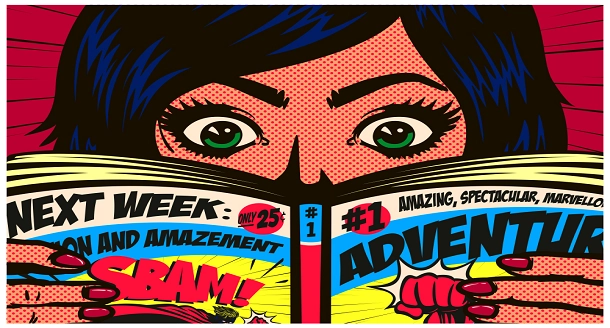
If you’re looking for the answer to the question “What is the difference between a comic book and a graphic novel?” you’ve come to the right place. The two differ in their storylines and storytelling style. A standard comic book typically has a beginning, middle, and end. Graphic novels, on the other hand, generally cover a single story, from start to end. This makes it possible for writers and artists to develop sequels as complete stories rather than just a cliffhanger.
Story:
A comic book and a graphic novel are two different types of stories, but they often share the same themes. Although they differ greatly in form and length, they tell the same stories. Graphic novels are longer than comic books and generally contain more complex storylines. The only difference between these two types of books is that graphic novels are longer and more detailed than comic books and may have more pages.
Difference:
Graphic novels and comic books are both written and illustrated in panels. The panels of each comic book tell the story. Both types of books often tie into popular superheroes and villains. However, modern comics are increasingly delving into different storylines, so it’s important to be familiar with both types of comics. The differences between comics and graphic novels are important to understand as a comic book enthusiast.
Colours:
There are many different uses for colour in comic books and graphic novels. It can convey mood and emotion, direct attention to the story’s focal point, and lead the eye through the pages to the story’s end. Colour can also convey a sense of good or evil, safe or dangerous locations, and much more. The artist responsible for the colour in comic books and graphic novels uses the tools of design and composition to achieve these goals.
Purpose of colour in a comic book:
The most basic purpose of colour in a comic book or graphic novel is to highlight the theme and emphasize the message. It helps to convey a strong moral message and to emphasize themes. Comics have many articles and use colour to clarify and polish them. For example, a comic book about war will emphasize death as a key theme. The artist will use colour to point to these themes, helping readers navigate the story.
Serialization:
While some comic creators prefer the sluggish pace of the serialized novel format, others are more comfortable with the economics of putting out a single pamphlet a year. Both options can cause several problems, such as artificial page counts and the struggle of repeatedly writing the same story. As a result, serialization often produces a rushed and uneven product.
Storyline:
The basic differences between a comic book and a graphic novel are the length and complexity of the stories they tell. Comics are published weekly or monthly, unlike graphic novels, which typically take several issues to complete one story arc. Comics have complex characters and can be difficult to read without reading previous issues. Graphic novels are longer and more complex and are not meant to be read from cover to cover.
Lengths and formats of graphic novels and comic books:
Both graphic novels and comic books feature narratives of different lengths and formats. The first graphic novels were essentially single-story arcs bound into a book. This style of comics began in the early nineteenth century when single-panel comics were published in newspapers. The medium evolved from that, as cartoons were initially intended to be funny and spread the word. Today, graphic novels tackle a wider variety of themes and tell stories.
Author Bio:
Carmen Troy is a research-based content writer, who works for Cognizantt, a globally recognized professional SEO service and Research Prospect; an 论文和论文写作服务 Mr Carmen holds a PhD degree in mass communication. He loves to express his views on various issues, including education, technology, and more.

